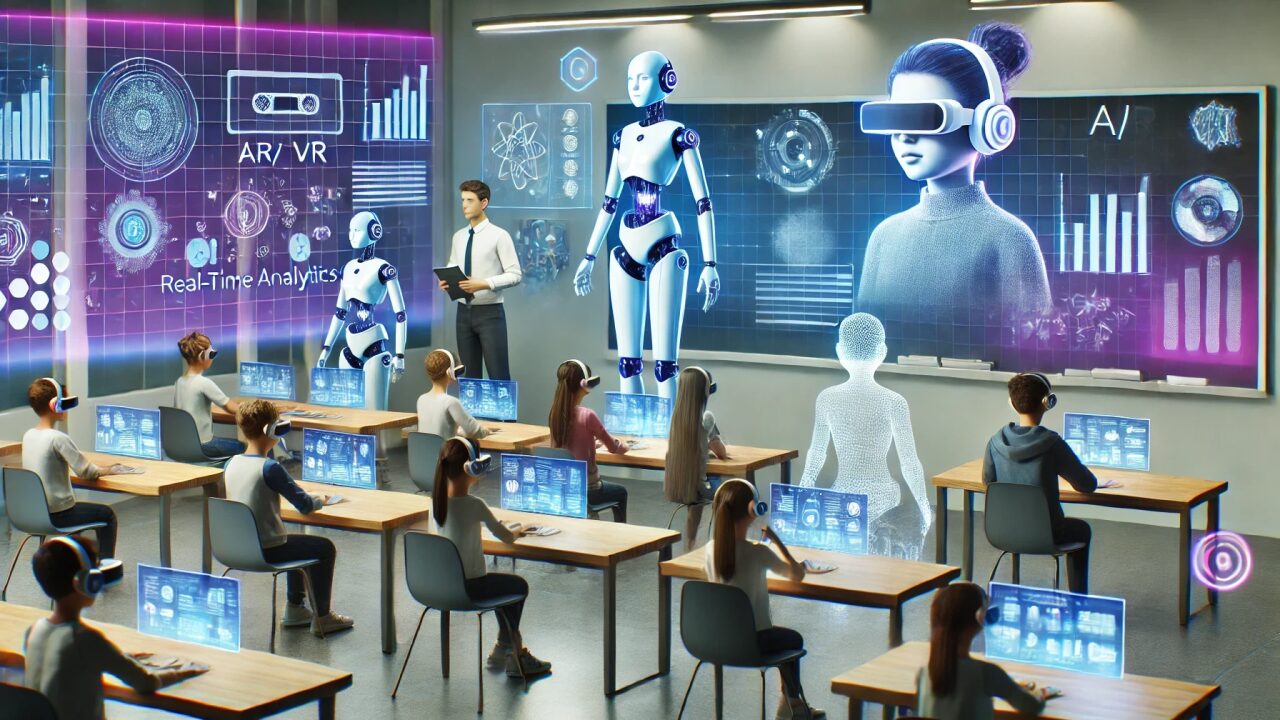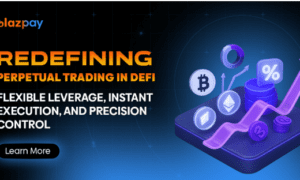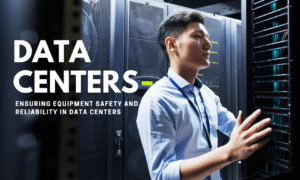The world of higher education is transforming rapidly. Colleges and universities face growing pressure to boost enrollment, improve student experiences, and streamline operations—all while managing limited budgets and rising expectations.
In response, one powerful trend is emerging: Artificial Intelligence (AI) is no longer just a buzzword—it’s becoming the backbone of modern enrollment and admissions systems.
As competition to attract students increases, institutions turn to AI-driven EdTech tools to transform their approach.
From automating document processing to intelligently evaluating applications, AI is changing the way higher education recruits, assesses, and admits students.
Why It’s Time to Rethink College Admissions?
For years, admissions teams have relied on time-consuming, manual processes—like reviewing transcripts, verifying eligibility, converting international grades, managing deadlines, and responding to countless applicant queries. While some institutions have adopted digital tools to handle the volume, many systems still lack accurate intelligence.
Here’s the problem:
- Manual document review delays application processing.
- Unstructured data from international documents increases errors.
- Generic communication reduces applicant engagement.
- Inconsistent evaluation can miss top candidates or introduce bias.
These challenges don’t just affect back-end efficiency—they directly impact the applicant experience, which plays a crucial role in driving conversions and meeting enrollment goals.
The Rise of AI in Education Technology
Artificial Intelligence is changing the way educational institutions work. With tools like machine learning and automation, AI can now handle repetitive tasks and give decision-makers helpful insights in real time.
- Automatically extracting and interpreting data from academic documents.
- Identifying key student attributes to predict performance and fit.
- Converting international grading systems to local standards.
- Organize and rank applicants based on custom rules
- Send personalized messages based on how applicants interact
How AI Solves the Biggest Enrollment Challenges
Let’s break down how AI addresses specific pain points in the admissions process:
1. Speed and Accuracy
AI tools can process documents 10x faster than manual teams, with higher accuracy. This enables faster turnaround times and reduces the risk of admitting students based on faulty information.
2. Scalability
During peak application seasons, human teams often become overwhelmed. AI systems, however, can scale instantly—whether it’s 1,000 or 50,000 applications.
3. Predictive Insights
AI doesn’t just process data—it learns from it. These systems can predict which students are most likely to accept offers, what communication channels work best, and when to follow up.
4. Personalized Experiences
Using applicant data, AI can craft individualized outreach—emails, SMS, or web content—that resonates more deeply and leads to higher engagement.
5. Bias Reduction
While human evaluators may carry unconscious bias, AI models—when designed ethically—can ensure fair and standardized evaluations across all applicants.
Real Results: What Third-Party Platforms Are Doing Right
Several AI-driven platforms are emerging to meet this growing demand. One such AI-based enrollment platform, EDMO, which is already working behind the scenes with leading universities, has made headlines for quietly transforming how admissions are conducted.
This platform has helped process over 100,000 applications, saved millions in operational costs, and significantly reduced time-to-decision. Their tools can analyze transcripts from various countries, convert grading scales, flag inconsistencies, and identify top-performing candidates—all in a matter of minutes.
Though the company prefers to keep a low profile, higher education insiders recognize its growing impact. Institutions working with this technology have reported smoother applicant experiences, more accurate evaluations, and better conversion rates.
Why Institutions Must Act Now
The shift toward AI-powered admissions isn’t just about modernization—it’s about staying competitive.
Here’s why:
- Student expectations have changed. They expect fast, responsive, and transparent application processes.
- International competition is growing. Universities need to evaluate global applications swiftly and fairly.
- Staffing challenges persist. AI helps fill the gap left by lean administrative teams.
- Data is now a strategic asset. Institutions that can mine application data for insights gain a massive edge.
By adopting AI tools, universities free up staff to focus on higher-value tasks like student engagement, outreach, and strategic planning.
Smart Admissions: From Application to Acceptance
An AI-driven admission workflow could look like this:
- Students submit applications.
- AI extracts academic data, converts grades, and checks eligibility.
- Predictive models assess fit and assign a likelihood-to-enroll score.
- Admissions officers review flagged or priority cases.
- Personalized communications are sent based on applicant profile.
- Insights dashboard shows team performance, yield forecasts, and bottlenecks.
All of this happens seamlessly, allowing institutions to reduce processing time from weeks to days, or even hours in some cases.
Ethics and AI: What Institutions Must Keep in Mind
While AI offers significant benefits, it’s essential to ensure:
- Transparency in decision-making algorithms.
- Compliance with data privacy regulations (e.g., FERPA, GDPR).
- Bias monitoring to ensure fair treatment across demographics.
- Human oversight, especially for borderline or exceptional cases.
Responsible AI use should complement—not replace—human judgment.
The Road Ahead: Smarter Admissions, Smarter Institutions
As higher education continues to evolve, so must the systems that support it. Admissions is often the first experience a student has with a university—making it one of the most important moments in their journey.
To stay ahead, institutions must adopt AI-powered platforms and collaborate with trusted partners to modernize their admissions process. These technologies make admissions more scalable, ethical, and effective. The future of enrollment is smart, fast, and data-driven. Schools that act now won’t just keep up—they’ll lead the way.
Today’s enrollment journey is anything but simple. Students have more choices, higher expectations, and less patience. Meanwhile, enrollment teams are often small and overworked, dealing with outdated systems, disconnected data, and pressure to meet enrollment goals. This disconnect between what students want and what institutions provide causes frustration, and often results in lost enrollments.
One of the biggest—and most overlooked—causes of this problem? Mixed signals. Confusing application steps, unclear program details, and inconsistent communication all send the wrong message. When students feel unsure or unsupported, they lose confidence in the process and walk away—even if they’re strong candidates.
But here’s the bigger issue: most enrollment teams don’t realize these signals exist until it’s too late. That’s where AI-driven solutions like EDMO’s Document Intelligence (DI) come in—not as a luxury, but as a necessity.
With tools like resume analyzers, transfer credit evaluators, and smart document processors, enrollment workflows can shift from reactive to proactive. No more drowning in manual tasks or trying to track student communications across a dozen disconnected systems. AI enables faster turnarounds, reduces human error, and ensures that prospective students receive accurate, timely, and personalized responses throughout their journey.
Imagine being able to instantly assess thousands of student resumes for relevance, or evaluate transfer credits with 95%+ accuracy—all in a fraction of the time it takes manually. Imagine freeing up your team’s time to focus on strategic outreach and engagement, rather than paperwork. These aren’t distant dreams—they’re very real, and they’re already transforming how forward-thinking institutions operate.
What’s more, AI doesn’t just streamline operations—it elevates the student experience. Today’s students are digital natives. They expect real-time responses, personalized information, and intuitive processes. If your institution doesn’t deliver that, another one will.
Conclusion: Is Your Institution Ready?
AI is not a trend—it’s a fundamental shift in how education systems operate. For admissions and enrollment teams, it’s time to move beyond outdated methods and start using tools that are built for today’s needs.
Whether you’re a small liberal arts college or a global research university, the message is the same: Smarter admissions lead to smarter outcomes.
By working with modern EdTech platforms that use AI to support enrollment, institutions can improve how they operate, offer a better experience for students, and stay competitive in a fast-changing world.



































